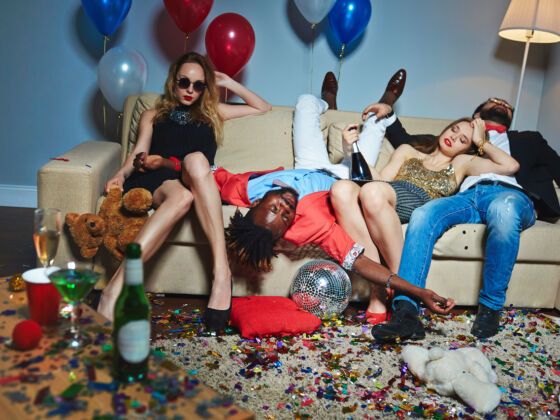“THE FBI WERE AT MY APARTMENT YESTERDAY.”
We’re sitting in a bar, perched on a rough wooden bench, when Saskia tells me this. Someone is banging on a drum in the back room and the bartenders are slinging $1 beers in the front. It’s supposed to have a rough, divey, frontier kind of vibe, but with an all-vegan menu the place can only muster so much swagger. The crowd is young, attractive, and hipster (whatever that means). People cast glances at one another, size each other up, try to determine who is an authentic local from the nearby lofts, and who is a poser, visiting for the night from (shudder) Manhattan or even (double shudder) the suburbs.
